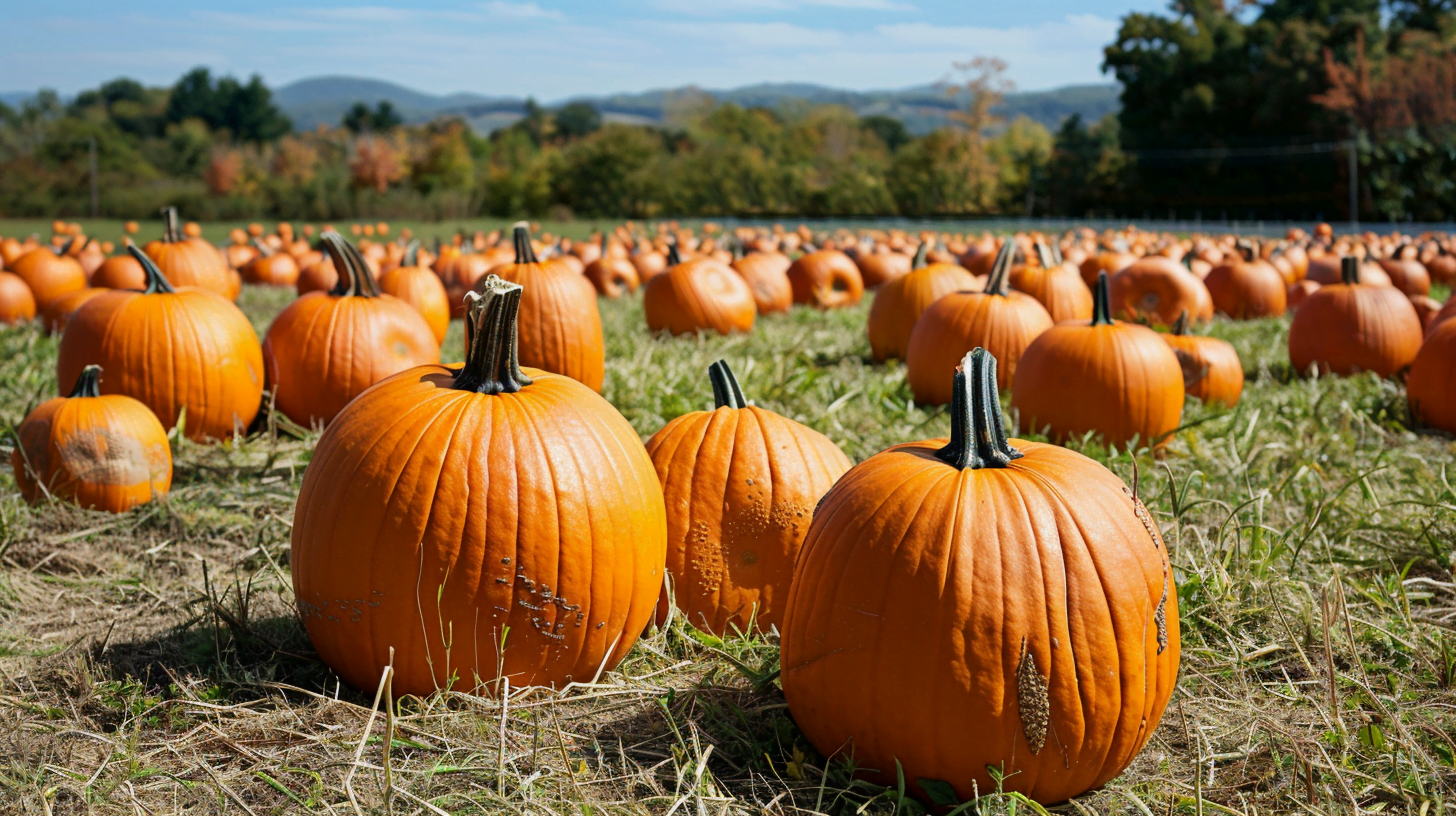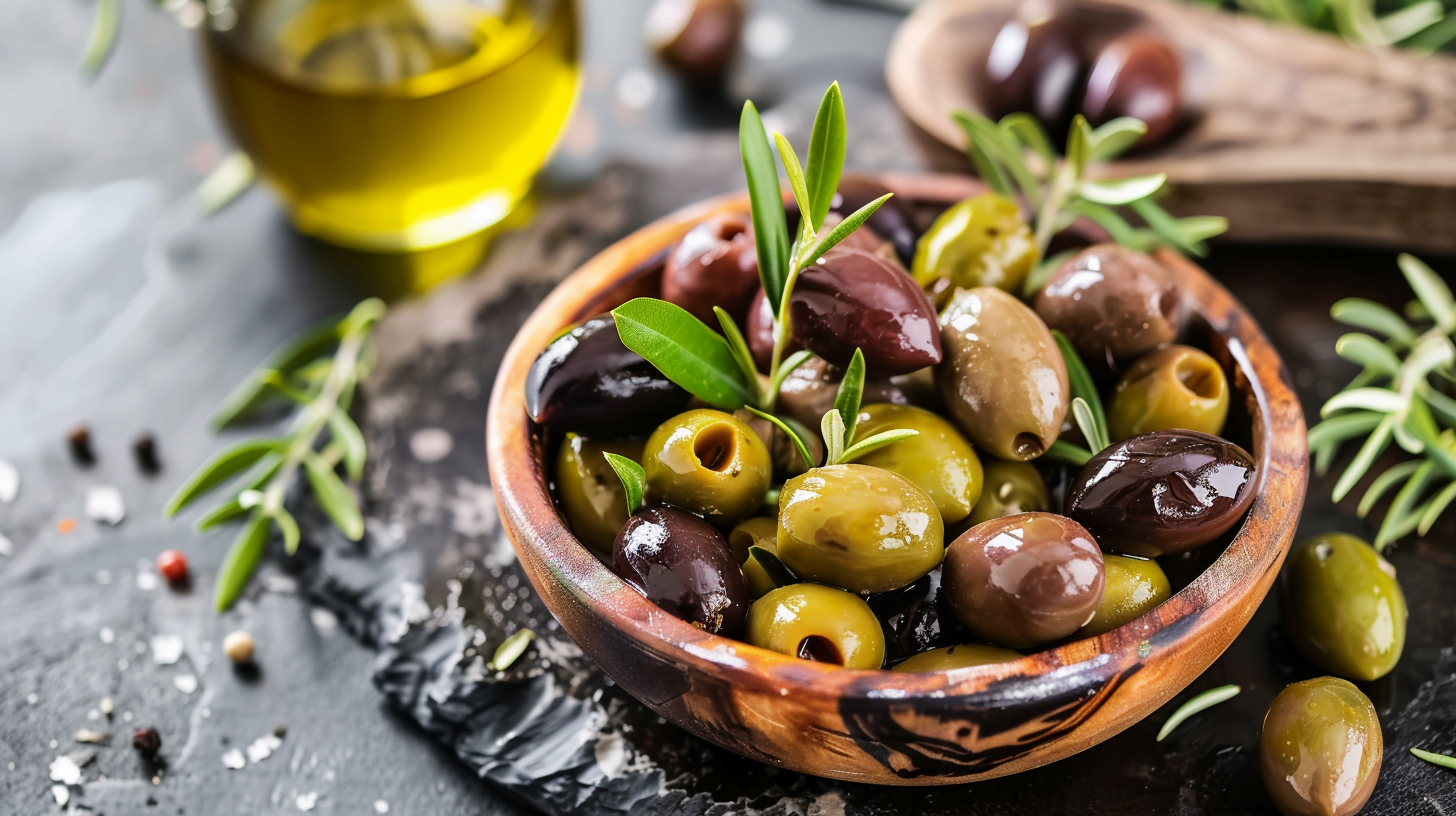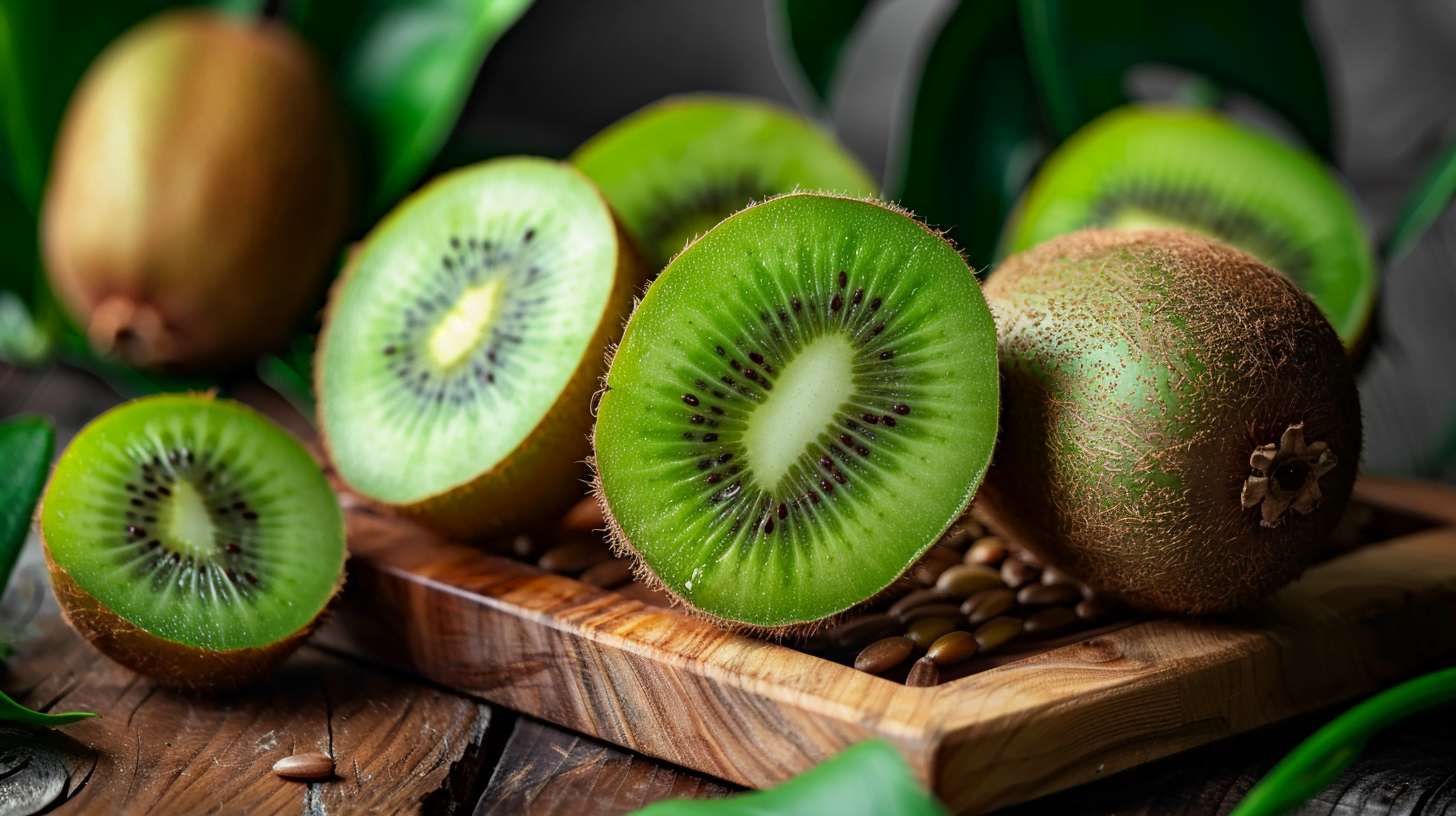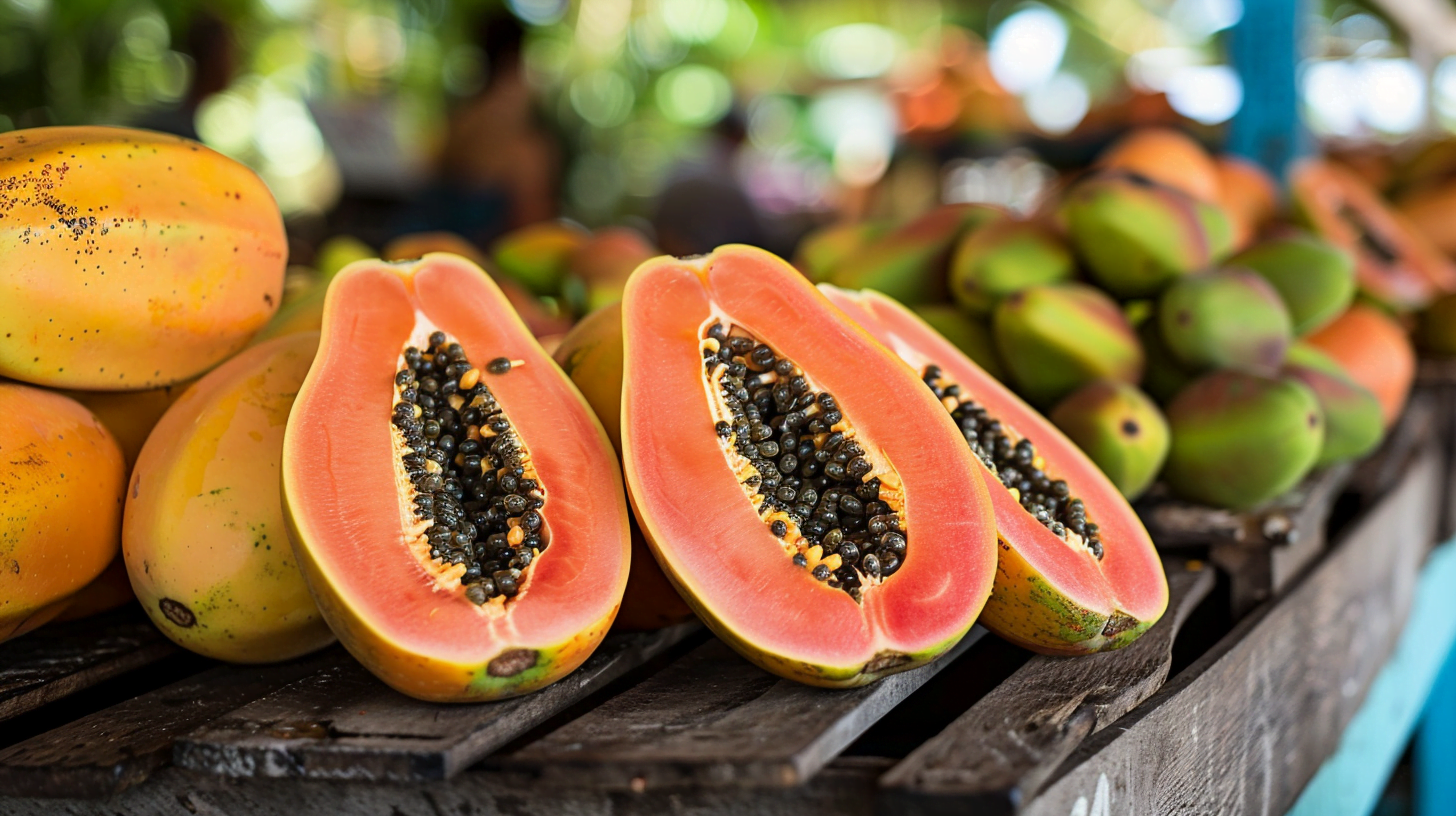Introduction
Did you know that the humble pumpkin is a global superstar? These vibrant gourds are grown and enjoyed worldwide, but some countries reign supreme in pumpkin production. This article “Which country produces the most pumpkins?” will explore the top pumpkin-producing nations, delving into their pumpkin-growing prowess, cultural significance, and the factors contributing to their bountiful harvests.
The Reigning Pumpkin Production Champions
According to the latest data from the Food and Agriculture Organization (FAO), the top five pumpkin-producing countries in the world are:
| Rank | Country | Production (Tons) |
|---|---|---|
| 1 | China | 8,200,000 |
| 2 | India | 5,000,000 |
| 3 | Russia | 1,600,000 |
| 4 | Ukraine | 900,000 |
| 5 | Mexico | 800,000 |
Here’s a brief overview of each country’s pumpkin production history and significance.
China: The Undisputed Pumpkin King
China is the undisputed leader in pumpkin production, accounting for a staggering 47% of the world’s total pumpkin output. In 2020, China produced a whopping 8.2 million tons of pumpkins, dwarfing the production of other countries.
Several factors contribute to China’s pumpkin-growing prowess:
- Favorable climate: Large swaths of China enjoy a temperate climate ideal for pumpkin cultivation, with ample sunshine and moderate rainfall.
- Advanced farming practices: Chinese farmers have embraced modern techniques like drip irrigation, greenhouse cultivation, and the use of high-yielding pumpkin varieties.
- Land availability: China’s vast agricultural lands provide ample space for pumpkin farming.
Pumpkins hold significant cultural importance in China, featuring prominently in traditional cuisine and festivals. The bright orange gourds are a symbol of good luck, prosperity, and fertility, and are often used in decorations and offerings during the Mid-Autumn Festival.
India: A Pumpkin Powerhouse in the Making
While not as prolific as China, India is rapidly emerging as a major pumpkin producer. In 2020, India produced over 5 million tons of pumpkins, securing its position as the second-largest producer globally.
India’s pumpkin production is driven by several factors:
- Climatic advantages: Large parts of India enjoy a tropical and subtropical climate conducive to pumpkin cultivation.
- Increasing demand: With a growing population and rising awareness of pumpkins’ nutritional benefits, domestic demand for pumpkins in India is on the rise.
- Government support: The Indian government has implemented various initiatives to promote pumpkin farming, including subsidies, training programs, and improved access to seeds and irrigation.
Pumpkins have been an integral part of Indian cuisine for centuries, featuring in various curries, chutneys, and desserts. In some regions, pumpkins are also used in traditional medicine and religious ceremonies.
Russia: A Surprising Pumpkin Contender
Russia may not be the first country that comes to mind when thinking about pumpkin production, but it is a significant player in the global pumpkin market. In 2020, Russia produced over 1.6 million tons of pumpkins, making it the third-largest producer worldwide.
Several factors contribute to Russia’s pumpkin-growing success:
- Suitable climate: While much of Russia experiences harsh winters, the southern regions enjoy a temperate climate ideal for pumpkin cultivation during the summer months.
- Vast agricultural lands: Russia’s vast expanses of arable land provide ample space for pumpkin farming.
- Export potential: Russia is a major exporter of pumpkins, supplying markets in Europe and Asia.
In Russian cuisine, pumpkins are commonly used in soups, pies, and porridges. The bright orange gourds are also a popular ingredient in traditional Russian desserts like pumpkin pie and pumpkin bread.
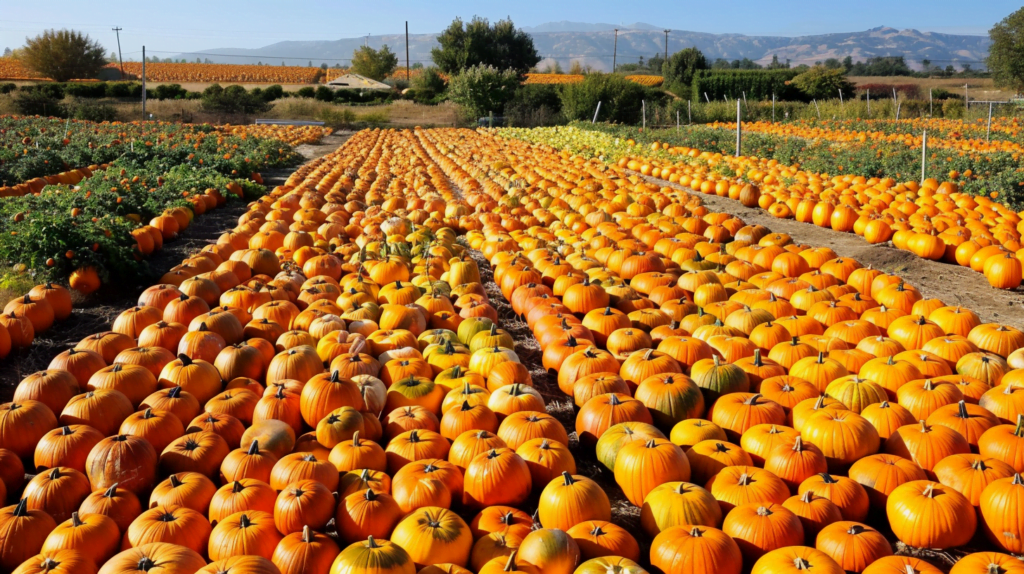
Pumpkin Production: A Global Phenomenon
While China, India, and Russia dominate the global pumpkin production landscape, several other countries also contribute significantly to the world’s pumpkin supply. Here’s a brief overview of some notable pumpkin-producing regions:
- North America: The United States and Mexico are major pumpkin producers, with the U.S. being the fourth-largest producer globally. Pumpkins are an integral part of the fall season in North America, with pumpkin pies, pumpkin spice lattes, and carved pumpkins being popular traditions.
- Europe: Countries like Ukraine, Italy, and Spain are significant pumpkin producers in Europe. Pumpkins are commonly used in soups, stews, and baked goods across the continent.
- South America: Brazil and Argentina are emerging as pumpkin production hubs in South America, driven by increasing domestic demand and export opportunities.
- Africa: Egypt and South Africa are among the leading pumpkin producers in Africa, where pumpkins are a staple in many traditional dishes.
Factors influencing pumpkin cultivation worldwide include climate, soil quality, farming techniques, access to irrigation, and pest and disease management. The versatility of pumpkins, with their culinary, decorative, and industrial uses, has contributed to their global popularity and widespread cultivation.
The Future of Pumpkin Production
As the world’s population continues to grow, the demand for pumpkins is expected to rise, driven by their nutritional value, versatility, and cultural significance. Several emerging regions show potential for increased pumpkin production:
- Southeast Asia: Countries like Thailand, Vietnam, and Indonesia are witnessing a surge in pumpkin cultivation, fueled by rising domestic demand and export opportunities.
- Middle East: With favorable climatic conditions and increasing investment in agriculture, countries like Iran and Turkey are poised to become significant pumpkin producers.
- Africa: Several African nations, including Nigeria, Tanzania, and Kenya, are exploring the potential for large-scale pumpkin farming to address food security concerns and generate export revenue.
However, the pumpkin industry faces several challenges, including climate change, water scarcity, pest and disease outbreaks, and the need for sustainable farming practices. Innovations in areas such as drought-resistant pumpkin varieties, precision agriculture, and integrated pest management will be crucial for ensuring the long-term sustainability of pumpkin production.
Pumpkin Trivia and Fun Facts
Pumpkins are not just a culinary delight but also a source of fascination and cultural significance worldwide. Here are some interesting pumpkin trivia and fun facts:
- The world’s heaviest pumpkin on record weighed a staggering 2,624 pounds (1,190 kg). It was grown by Stefano Cutrupi in Italy in 2021.
- The city of Keene, New Hampshire, holds an annual Pumpkin Festival, featuring intricate pumpkin carvings, a pumpkin-launching contest, and a tower made entirely of pumpkins.
- In Germany, a popular idiom “Kürbisgewächs” (literally “pumpkin plant”) is used to refer to someone who is slow or dull-witted.
- In Japan, pumpkins are associated with good luck and are often carved into intricate designs during the Obon festival, which honors ancestral spirits.
- Pumpkin seeds are a rich source of protein, fiber, and various minerals, making them a popular snack and ingredient in many cuisines.
Here are a few pumpkin-inspired recipes and dishes from around the world:
- Pumpkin Pie (North America)
- Pumpkin Curry (India)
- Pumpkin Gnocchi (Italy)
- Pumpkin Fritters (Thailand)
- Pumpkin Kibbeh (Middle East)
Conclusion
From the vast pumpkin fields of China to the vibrant pumpkin festivals of North America, these humble gourds have captured the hearts and palates of people worldwide. The top pumpkin-producing countries – China, India, and Russia – have harnessed their unique climatic conditions, farming practices, and cultural traditions to become global pumpkin powerhouses.
However, pumpkin production is a truly global phenomenon, with various regions contributing to the world’s pumpkin supply and showcasing the versatility of this remarkable fruit (yes, pumpkins are botanically fruits!). As the demand for pumpkins continues to grow, emerging regions are poised to join the ranks of major pumpkin producers, ensuring a steady supply of these nutritious and culturally significant gourds.
So, the next time you carve a pumpkin, savor a pumpkin pie, or enjoy a pumpkin-based dish, take a moment to appreciate the global journey these vibrant gourds have undertaken to reach your plate. Embrace the diverse world of pumpkins and explore the rich tapestry of flavors and traditions they represent.
